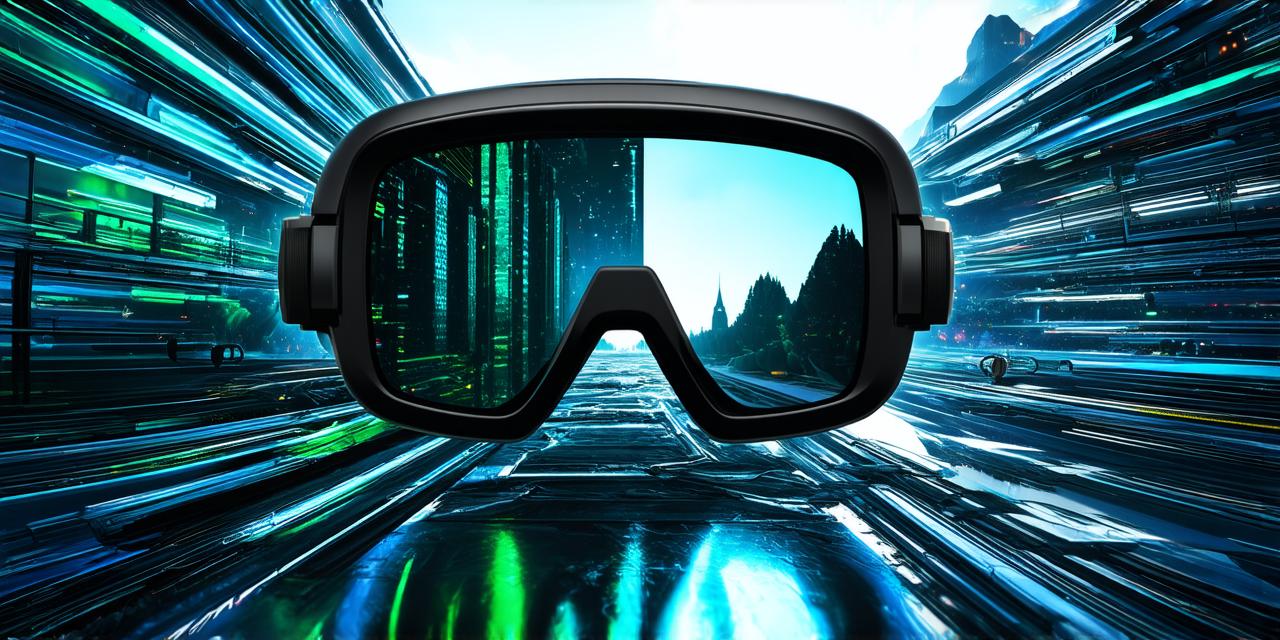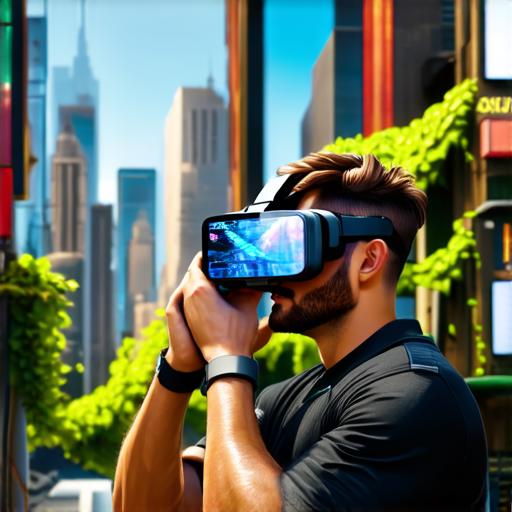
Augmented Reality vs. Virtual Reality: Which Comes Out on Top?
What is Augmented Reality?
Augmented reality is a technology that superimposes digital content onto the real world. It allows users to view and interact with digital objects in their physical surroundings, creating an enhanced reality experience. AR technology uses sensors, cameras, and computer algorithms to track the user’s position and orientation, allowing them to see virtual objects in real-time.
One of the key advantages of AR is its ability to blend digital content seamlessly into the real world. This makes it ideal for applications such as education, entertainment, and marketing. For example, an AR app that allows users to visualize furniture in their home before buying it would be a great use case for this technology.
What is Virtual Reality?
Virtual reality, on the other hand, is a technology that completely immerses users in a digital world. It creates a fully simulated environment that users can interact with using special VR headsets and controllers. VR technology uses sensors, cameras, and computer algorithms to track the user’s movements and provide a realistic sense of presence.
One of the key advantages of VR is its ability to provide a truly immersive experience. This makes it ideal for applications such as gaming, training simulations, and entertainment. For example, an VR app that allows users to explore ancient ruins or outer space would be a great use case for this technology.
Which One Comes Out on Top?
Ultimately, the choice between AR and VR will depend on your specific needs and goals. If you’re looking for an experience that blends digital content seamlessly into the real world, AR is the way to go. On the other hand, if you want a truly immersive experience that completely transports users into a digital world, VR is the better choice.
It’s also worth noting that both AR and VR are rapidly evolving technologies, and new advancements are being made all the time. As such, it’s important to stay up-to-date with the latest developments in this field if you want to make the most of these technologies for your virtual reality development needs.
Conclusion
In conclusion, while AR and VR are both exciting and promising technologies, they differ significantly in their approach to immersion. Ultimately, the choice between the two will depend on your specific needs and goals. By understanding the strengths and weaknesses of each technology, you can make an informed decision about which one comes out on top for your virtual reality development needs.



